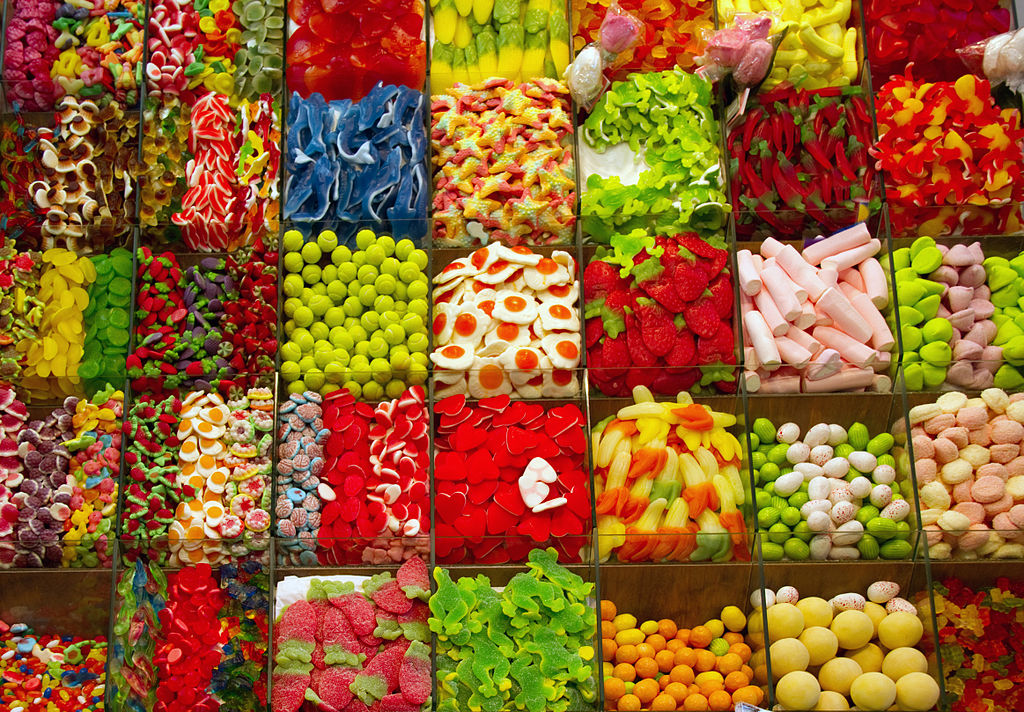In 2016, Public Health England launched a flagship program to reduce the amount of sugar in children’s diets. They set the ambitious target of reducing sugar consumption in products most likely to contribute to childhood obesity by 20% by 2020. Food companies reduced it by a paltry 3%.
That 3% figure is the number that justifiably made headlines but the truth is far more complicated and even more damning than it first appears.
The PHE programme recognised that there are three ways to reduce how much sugar we eat: reduce the sugar added to foods, reduce the portion sizes of foods, and simply buy lower or no added sugar products.
Some products’ sugar content has decreased since 2016, but customers now eat more of them, so it hasn’t had an effect overall. For other foods, PHE struggled to understand how much sugar they had to start with. Take ice cream and ice lollies: as the PHE report notes
“Some businesses may add air to their products which makes the total sugar content lower when expressed per 100ml than per 100g.”
This means it’s easy to be tricked into thinking an ice cream has reduced its sugar content when it hasn’t. It’s also much harder to get clear, comparable data to hold companies accountable.
Companies obscured the truth of how much sugar was in their foods in all sorts of ways. Nutritional labels for cakes and baked goods would omit the weight of the product meaning PHE struggled to calculate their sugar content per 100g which was crucial to measuring the success of the initiative.
Even when the data is there, it’s not necessarily accurate. Casey Neistat made a fantastic video for the New York Times in 2013 outlining just how misleading nutritional information can be. In the video, Neistat measures the calories in packaged food with a calorimeter, to get an accurate reading. He found that although most labels weren’t too far off, some were
incredibly inaccurate. One “spicy tofu sandwich” had double the number of calories the label claimed.
The seemingly small discrepancies slowly added up: the total difference between the calories on the label and the accurate reading was 548kcals. That means the labelling inaccuracies were roughly the equivalent of Neistat unintentionally eating two snickers bars every day.
And it only gets worse. As Gastropod reported, there is a significant difference between calories extracted by a machine, such as the calorimeter Neistat used, and calories “extracted” when we digest food. Take walnuts: the standard reported number of calories for a 28g serving of walnuts is 185kcal. But according to research, humans can only “extract” 146 kcals. That means walnuts have 20% fewer calories than previously thought.
All of this is before you factor in how much food is processed. We now know that cooking food lets humans extract more calories. A raw carrot has fewer calories available to
humans than a cooked one, salmon sashimi has fewer calories than cooked salmon, and so on.
But we don’t yet understand what this implies about ultra-processed foods. Considering the high heat needed to puff the grains of rice, could the calories of Rice Krispies be far higher than we realise? What about instant noodles, or protein powder? This might explain why obesity is linked to “junk food,” or ultra-processed foods. On the flip-side, could unprocessed ingredients such as nuts, fish, and vegetables be much lower in calories than we previously thought?
There is so much we don’t understand about nutrition. Public Health England’s attempts to reduce sugar in children’s diets reveals not only how difficult it is to get companies to change their ways but also how hard it is to measure the nutritional value of food with any accuracy. There is an aphorism I often see in articles about food and culture: “tell me what you eat, and I will tell you what you are.” Increasingly, I feel like I would be more impressed by someone explaining what it is that I’m eating than who it is I am.
Esme Curtis
Image Source: Wikimedia Commons

